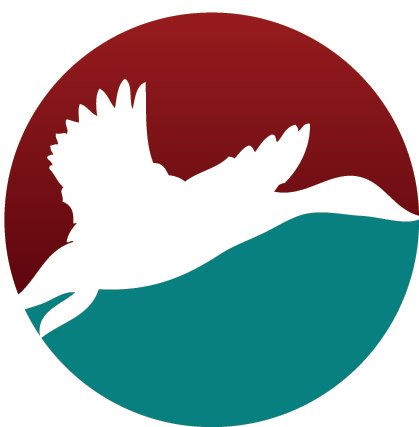Although it is often said that one should not judge a book by its cover, the reality is that many people are persuaded by the cover to pick up a book and examine it further. It is the first impression your book creates in the minds of the reader. For that reason, every aspect of the book becomes important – the image chosen for the cover, the fonts on the cover, the colour schemes employed and the texts on the back cover and the design of the spine.
An ideal cover should be able to communicate the mood and sense of the book and hence is the first marketing tool you can employ to sell your book (or at least have it further examined by a prospective buyer). It should keep local sensibilities in mind, which is perhaps why many publishers have different covers for different markets for the same book. A good cover also communicates the quality of the book, and assures the buyer of value for money. It assures the buyer that the book is one worth having, even displaying, proudly.
After having been in the business since 2007, we understand the value of a good cover. We therefore employ all the tools and experience available to us to ensure that your cover confidently communicates the message of your book and makes it attractive for people to peruse further. Our covers are NEVER repeated and are always of premium quality (and no, you don’t have to pay anything extra for a ‘premium’ cover). As part of this process, we study the book before we begin designing its cover. During this time, we also consider any suggestions you might have. Any images that you wish to have included as part of the cover are also considered.
Cover design includes design of the spine and the inclusion of back text and the ISBN barcode (if one has been issued). Since the number of pages determines the width of the spine, the manuscript must be finalized and the final page count must be determined before cover design can commence. It is advised that no changes be made to the manuscript after the cover is designed as that might alter the number of pages and, consequently, the width of the spine.







